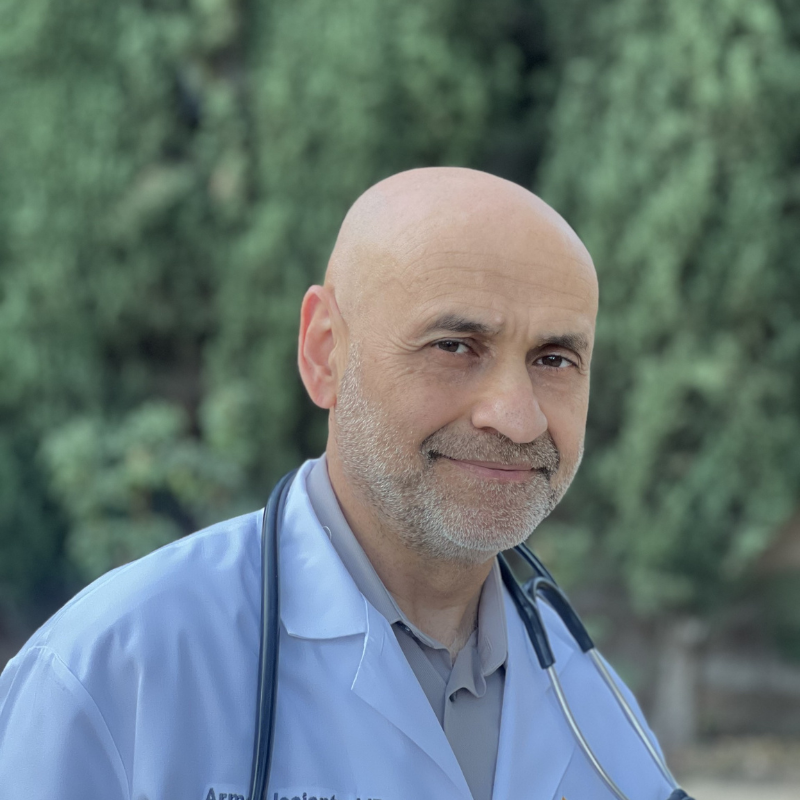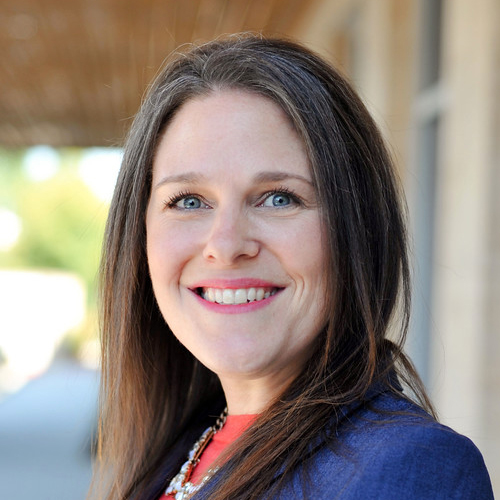WelbeHealth Celebrates National PACE Month
September is National PACE Month, celebrating the Program of All-Inclusive Care for the Elderly (PACE). WelbeHealth’s innovative PACE model helps California’s frailest seniors live in their homes as long as possible. More than 95 percent of participants enrolled in the PACE program live outside of a nursing home.
“This year, we celebrate National PACE Month as we work to recover from the historic COVID-19 pandemic, which provides us a unique perspective to celebrate the original development of the PACE model of care and envision a future where every American will have access to PACE,” says Shawn Bloom, president and CEO of the National PACE Association (NPA).
| Did you know? The incidence of PACE participants contracting or dying from COVID-19 was one-third the rate of nursing home residents. |
PACE: A History of Innovative Senior Care in California
There are currently 140 PACE organizations in 30 states. The organizations serve more than 55,000 seniors. Before PACE grew to what it is today, it started in California. The program began in San Francisco in 1971 as a unique way to care for elderly with chronic conditions and to help them maintain independence, dignity, and quality of life in their communities.
PACE has a proven history of providing excellent senior care, while allowing individuals to live safely in the homes and communities they know and love. On average, PACE participants are 76 years old and live with multiple medical conditions. Around 46 percent have some form of dementia.
| Fun Fact: In California, 65 PACE centers and alternative care settings care for over 13,000 seniors in 22 counties. |
Tapping PACE’s Potential
California’s senior population is growing faster than any other age group. By 2030, 25 percent of Californians will be 60 or older. Senior care must evolve to meet the challenges of caring for the older population. PACE is a critical part of the solution.
“Now the time is right to demand more from our long-term care delivery system. PACE is ready to help every community meet that challenge,” says Bloom.
PACE provides home care, prescription drugs, transportation, meals, therapies, and any other services seniors need to remain safely in their homes. This comprehensive care is preventive in nature and results in better health outcomes for participants.
The PACE model is a critical part of keeping seniors independent and out of the hospital. About 92 percent of seniors enrolled in the program are very satisfied with the care provided by PACE. Additionally, 97 percent of caregivers would recommend PACE.
More Accessible Senior Care
Nearly 90 percent of Californians want access to services that help them live at home in their communities as they age. But, non-white and lower-income Americans report less access to local services that would help them do so. PACE can meet the needs of a diverse aging population, including lower-income seniors and individuals of color. In California, 80 percent of PACE program participants are from communities of color.




































































